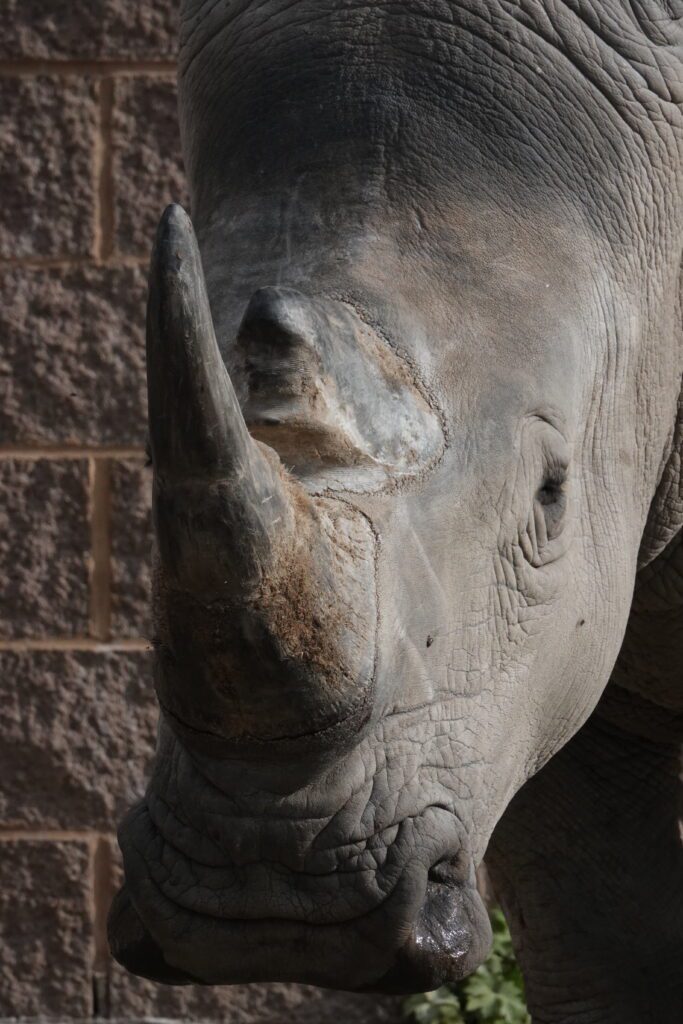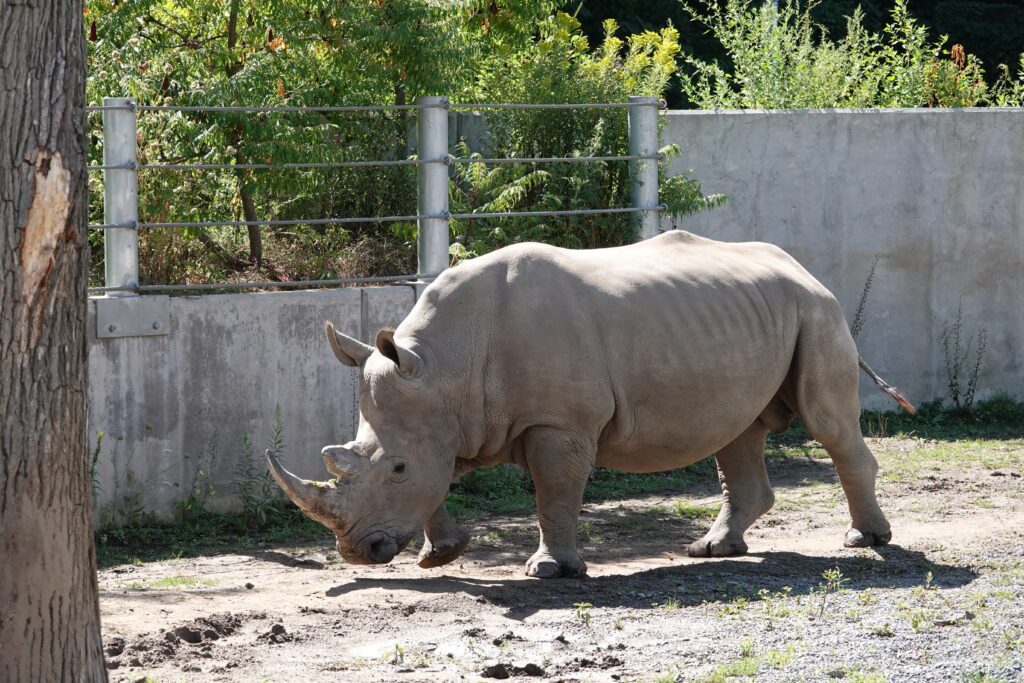Rhinos are a fascinating species. There are five species of rhinos still walking the Earth today. The five rhinos are the white rhino, black rhino, greater one-horned rhino, Sumatran rhino, and Javan rhino.
The most endangered of the five rhinos is the Javan Rhino. The Javan Rhino inhabits Java, Indonesia. The smallest rhino species is the Sumatran Rhino which weigh 1,870 pounds. The greater one-horned rhino lives in parts of India. They have a singular horn that is not very large. The Sumatran and the Javan rhino have tusks. The black rhino is a browser. This means that they have a prehensile lip that they use to pluck their food. The white rhino is the largest of the rhinos and the second largest land mammal. They are grazers meaning they have a wide mouth with only molars which they use to grind their food down.
All five species of rhinos are endangered. The most endangered is the northern white rhino which is functionally extinct. This is because there are only two of them left and they are both females. The biggest threat to rhinos is illegal poaching. The cause for the massive poaching effort is because the people that poach these rhinos are generally poor. They see rhino horn as a paycheck as the horns generally bring in more money than having a traditional job like farming.
The reason for this is because of the large demand for rhino horn for traditional medicines in China. This medicine has no proven benefit, but many people believe it works. To prevent the illegal poaching of rhinos we need to start educating the people in that area and teach them of the effect illegal poaching has on the future of rhinos.
If you want to help rhinos, you can donate to organizations like the International Rhino Foundation. The money that goes to IRF positively affects rhinos. They do this by funding things like research projects, anti-poaching efforts, and habitat conservation.










